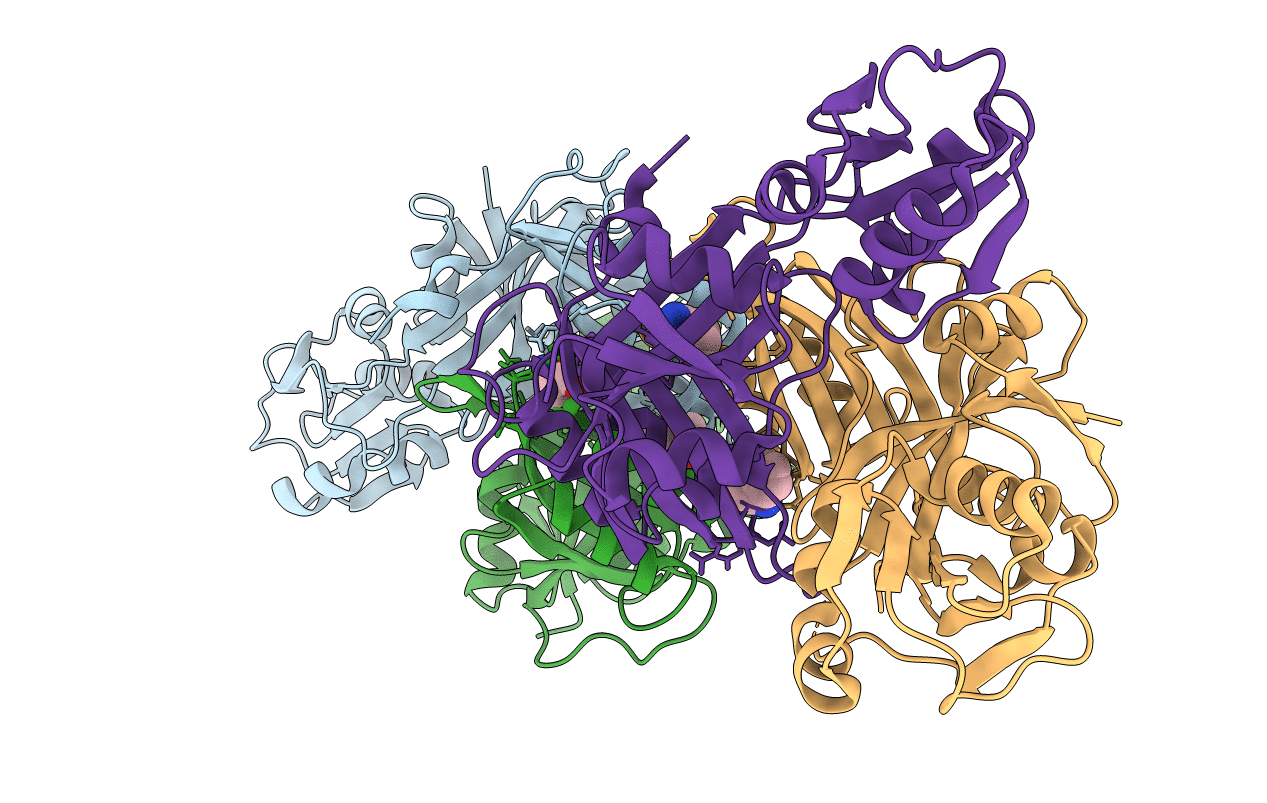
Deposition Date
2020-10-07
Release Date
2021-08-04
Last Version Date
2024-01-31
Entry Detail
Biological Source:
Source Organism:
Komagataeibacter europaeus (Taxon ID: 33995)
Host Organism:
Method Details:
Experimental Method:
Resolution:
2.50 Å
R-Value Free:
0.27
R-Value Work:
0.23
R-Value Observed:
0.23
Space Group:
P 1 21 1


